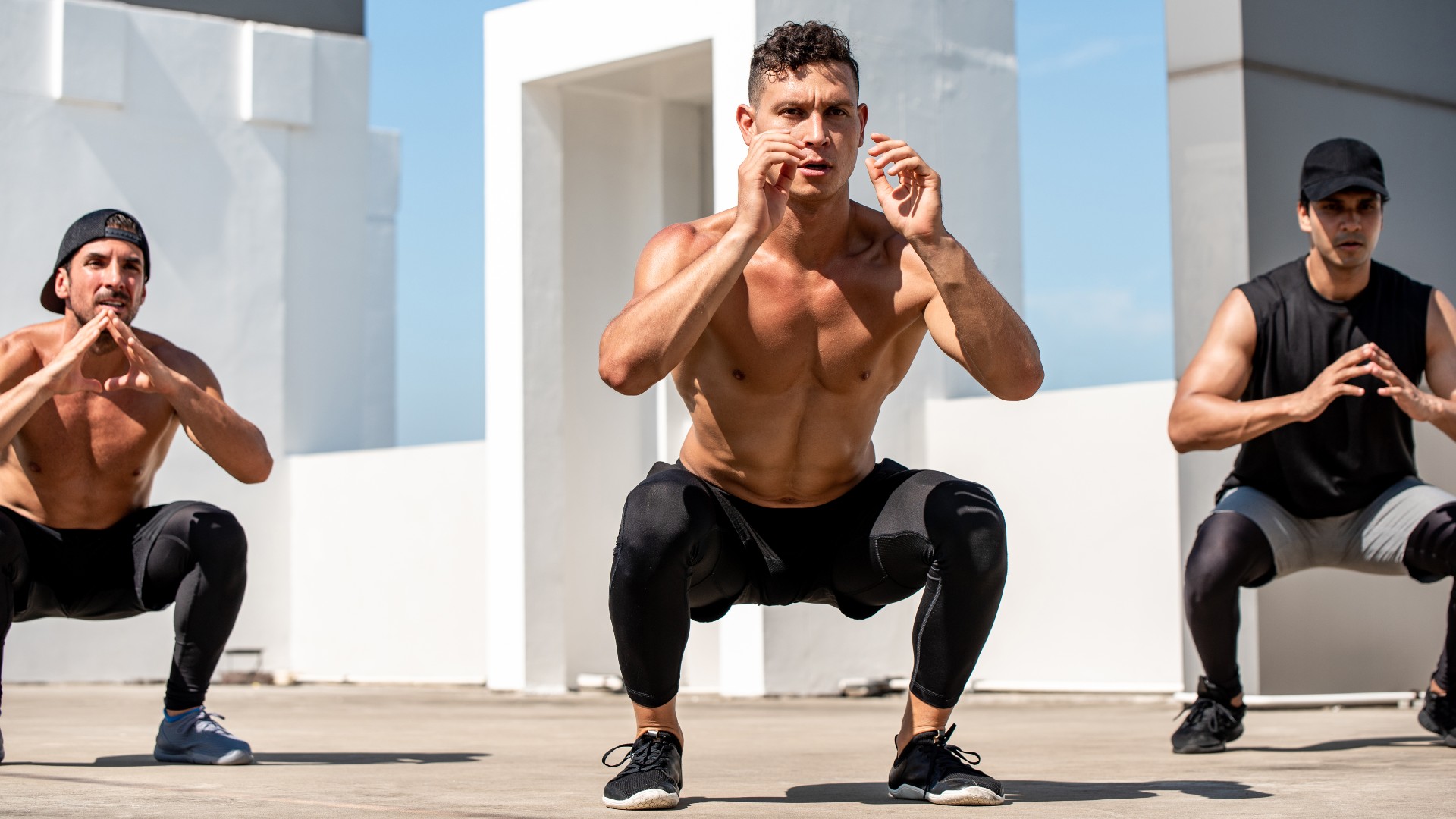
Whether or not you’ve heard the word 'calisthenics,' the chances are you’ve seen someone doing a calisthenics workout in the gym or park (yep, that guy defying gravity) or maybe even done it yourself. In fact, if you’ve ever done a push-up, you’ve already begun your foray into calisthenics.
This workout style requires just your body weight to build muscle strength, mobility, and coordination and provides a strength-building and sweaty full-body workout. Calisthenics is also very versatile, so it can be a great stepping stone for beginners who want to learn weight training or progress into refined gymnastics used in sports like CrossFit.
What more can you ask for? We spoke to Gravity calisthenics instructor Jase Robinson for more on the benefits of calisthenics. Find out what happened when I trained like the UK’s Fittest Man 2020, or grab a pair of the best headphones for this workout and read on for the low down on calisthenics, what it involves, and a beginner's calisthenics workout you can try.
What is calisthenics?
Calisthenics is functional bodyweight strength training (think push-ups, squats and lunges), but the term also covers advanced gymnastics. Mastering the basics could build a stronger core and improve your overall strength and mobility, transforming your weight training regime above and beyond.
Calisthenics seems to be the buzzword in gyms lately, and it’s clocking up some serious figures on social media views, too. According to Robinson, this is because there’s plenty of room to grow, and let’s face it — very fun to watch.
“The great thing about calisthenics is that there’s a low access level but huge depth that you can go into,” Robinson explains. “From as little as a push-up (learn how to do a push-up properly) to a planche (a floating plank pictured below), and from any gym to every park, calisthenics is the most versatile way to train and the best route to gain some crazy gymnastic superpowers.”
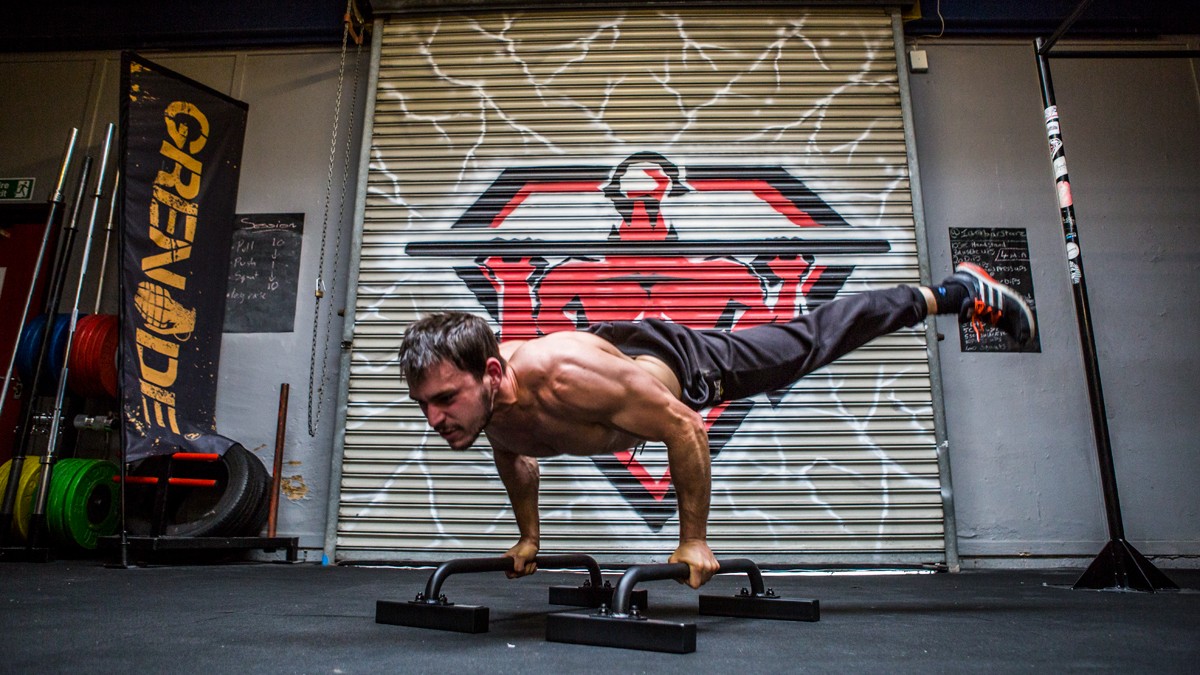
Calisthenics vs weight training
The difference between calisthenics and weight training is that weight training uses — you guessed it — weights, like the best adjustable dumbbells or kettlebells. Weight training can be divvied into two groups: hypertrophy training (higher reps, lower sets, and lifting at a percentage of your maximal strength) and strength training (higher loads and sets, fewer reps).
Sign up to get the BEST of Tom's Guide direct to your inbox.
Get instant access to breaking news, the hottest reviews, great deals and helpful tips.
But calisthenics doesn’t just have to involve your body weight, and you can sub in some of the best resistance bands, a pull-up bar, and even your local park equipment if you want to level up your workout and progress towards gymnastics.
The benefits of calisthenics
Whether you’re advanced or just starting, plenty of benefits are up for grabs. Calisthenics builds functional foundation-level strength, teaching you proper form and technique before you begin hitting the weights. It can also help prevent injury when you start throwing barbells or dumbbells around (CrossFitters, we see you).
If you’re new to working with weights, you can program a calisthenics workout using a combination of basic compound moves like squats, pull-ups and push-ups to start. But it depends on your goals, too. There is seriously no end to the variations of exercises you can do (try these 5 chest day variations we swear by), and those who master calisthenics become more robust, mobile athletes. The research agrees, and one study published in the Journal of Strength and Conditioning found significant increases in upper body strength following a calisthenics regime compared with a bench press group.
Each bodyweight exercise mimics day-to-day movement patterns; becoming proficient at them means you’ll be able to move better as you get older, and you can do them anywhere, anytime.
A calisthenics workout for beginners
Before you get started, Robinson recommends practicing compound contraction. “It’s one of the most important things you will learn from calisthenics,” Robinson explains. “This is the ability to contract every muscle in your body simultaneously, and the fastest way is by doing the plank.”
Robinson uses the three Bs — back, belly and bum. “Focus on contracting all three. It’s a way to get people focusing on the bigger muscle areas while subconsciously contracting all the smaller supporting muscles.”
Robinson then recommends practicing mind control - the ability to turn muscles on and off at will and just by using your noggin. “Over time, your neurological system strengthens, improving coordination (the mind-body connection),” he says. In other words? Consciously contract your muscles as you work out.
If you’re ready to crack on, give these four exercises a try.
The workout:
Perform each exercise for the max time or number of reps until fatigue. Play around with reps and tempo (speed). Rest for a few minutes, then complete for rounds.
Hollow body
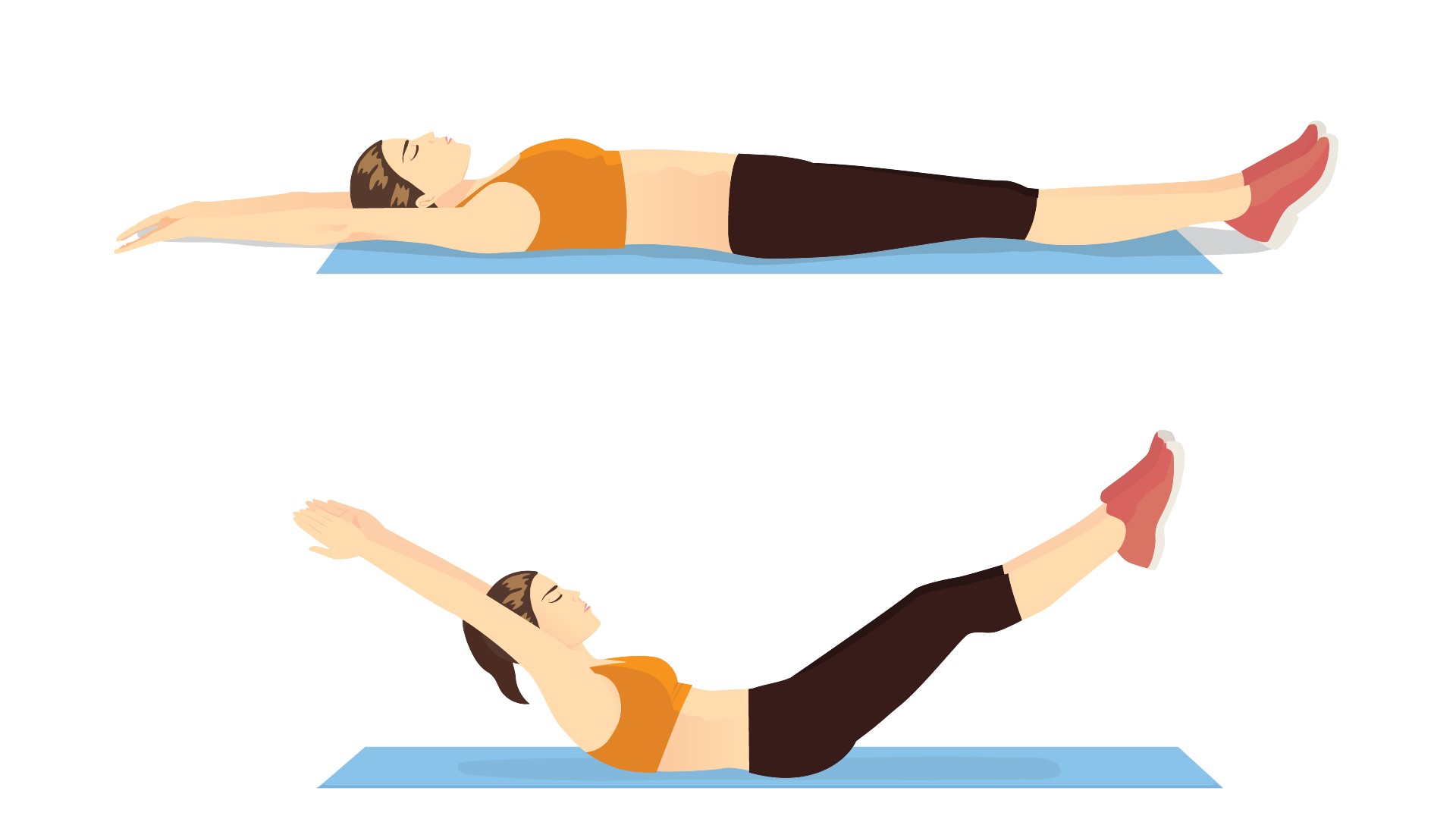
Lie on your back and keep your lower back touching the floor at all times. Ensure your arms and legs are straight, then lift your legs off the floor and raise your arms over your head in a banana shape. Run through the 3Bs to maintain compound contraction. Hold this position for as long as possible.
Pike to planche
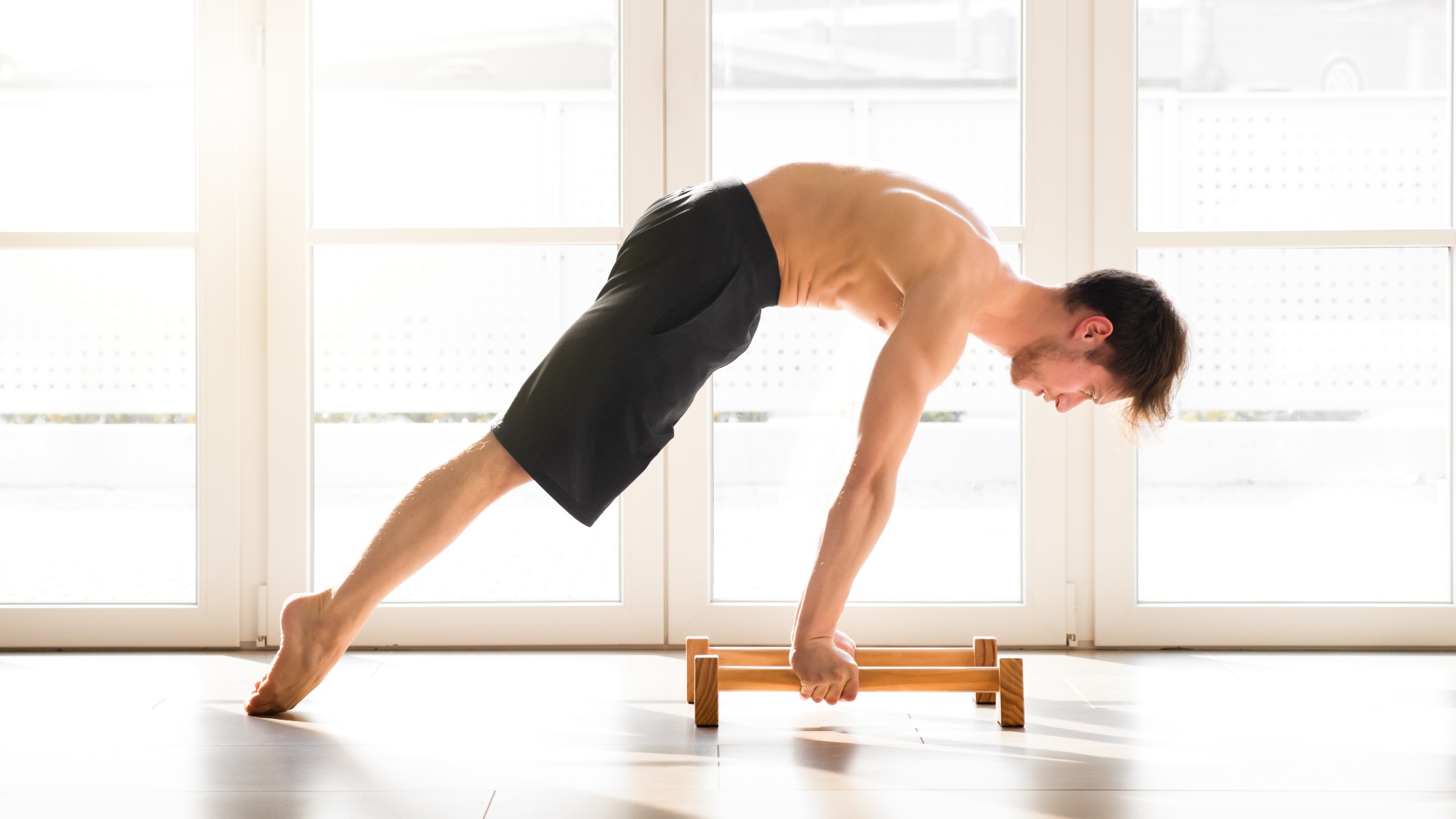
Start in a high plank position and round through your spine, sucking your stomach towards your spine. Lean your shoulders forwards as far as you can and hold. Then lift your hips and push back into a shortened version of a downward dog (pike). Repeat back into the planche lean position for reps.
Scapular pulls
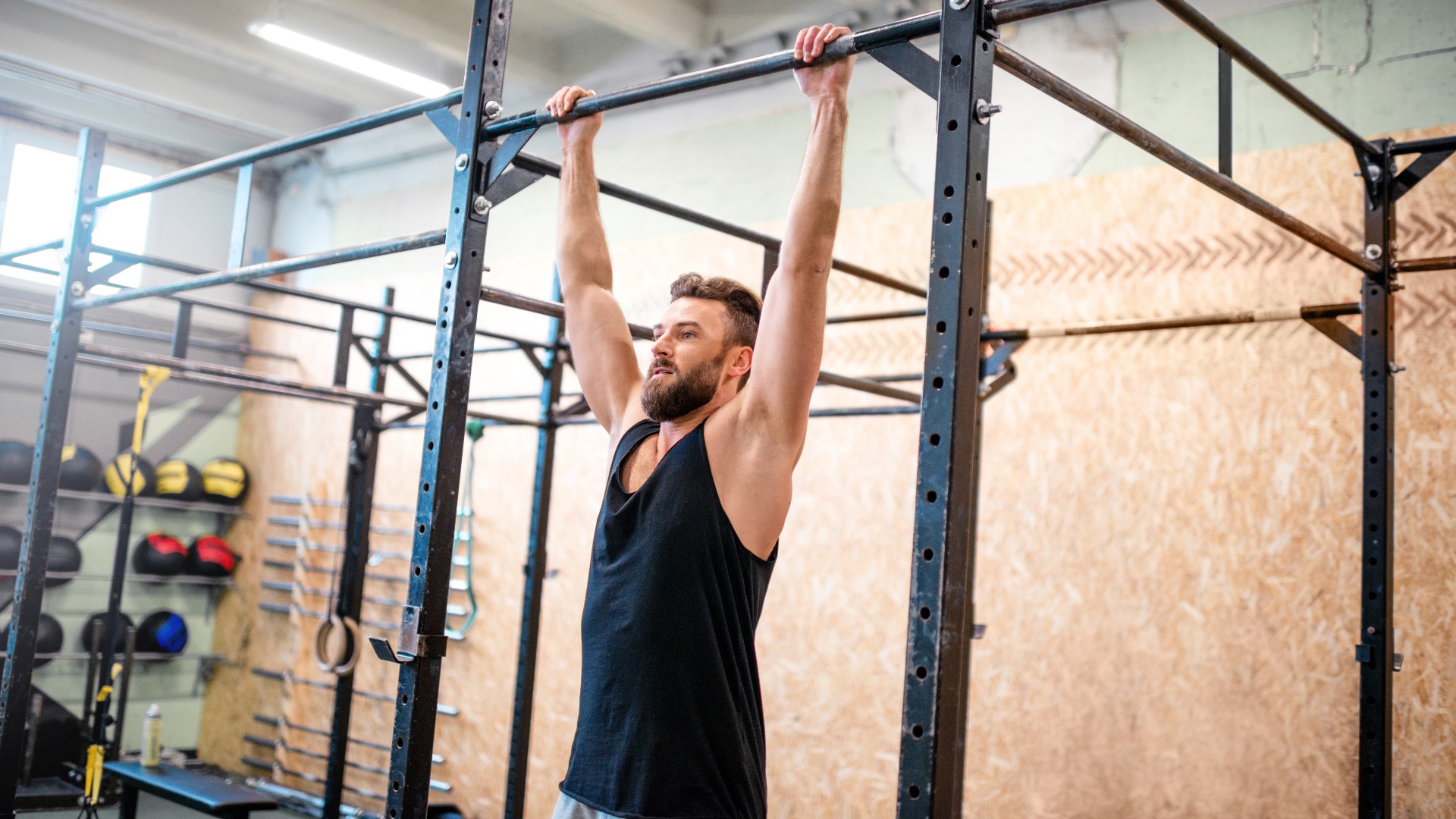
Grip a pull-up bar with both hands and practice hanging, then pull yourself up while keeping your arms straight and elbows locked using only your back and shoulders. At the top, hold for four counts, then slowly lower and repeat.
Front lever cradle (tucked)

Grip a pull-up bar with both hands. Tuck your knees into your chest and pull your tucked position up with straight arms and a scapular pull. Stop and hold when your back is parallel to the floor. Hold the position for time. Lower down with control.
If you want to up your body weight workout game, I just tried Chris Hemsworth's 200-rep bodyweight workout, and wow. Give this 15-minute bodyweight ab workout a go too. Also check out — pull-up vs chin-up: Which is better for building strength?
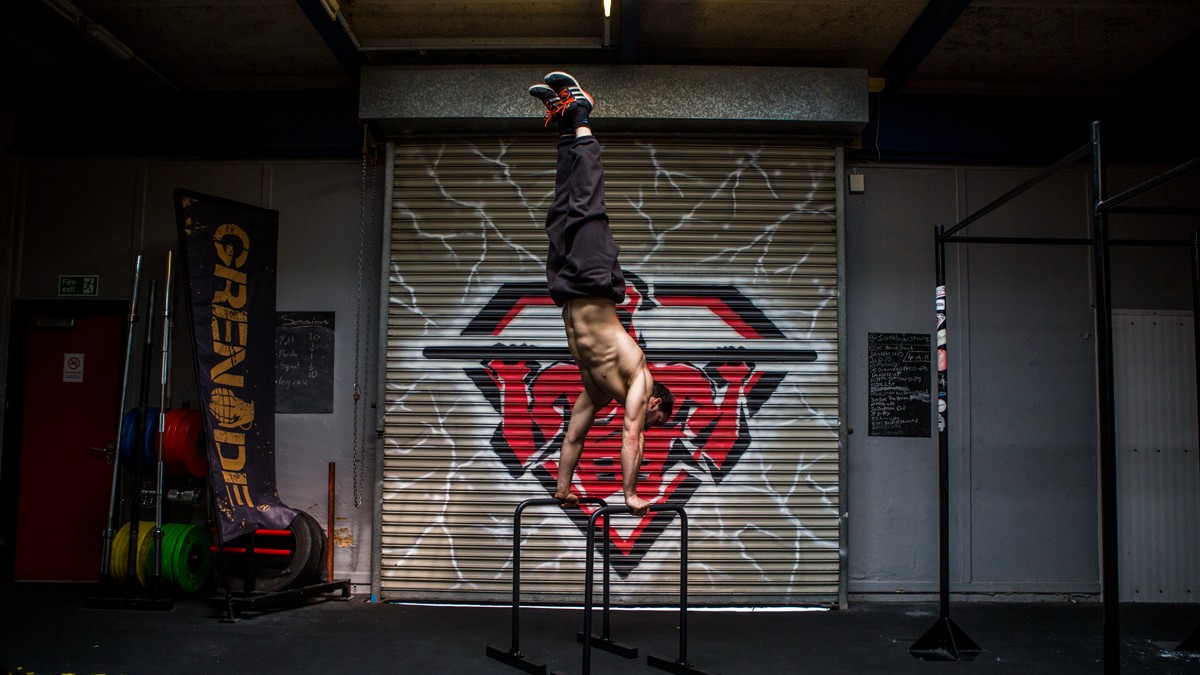
Jase is a qualified calisthenics instructor at Gravity Fitness.

Sam Hopes is a level 3 qualified trainer, level 2 reiki practitioner and senior fitness writer at Tom's Guide. She is also currently undertaking her Yoga For Athletes training course. Sam has written for various fitness brands and websites over the years and has experience across brands at Future such as Live Science, Fit&Well, Coach, and T3.
Having worked with fitness studios like F45 and Virgin Active, Sam now primarily teaches outdoor bootcamps, bodyweight, calisthenics and kettlebells. She also coaches mobility and stretching-focused classes several times a week and believes that true strength comes from a holistic approach to training your body.
Sam has completed two mixed doubles Hyrox competitions in London and the Netherlands and finished her first doubles attempt in 1:11.

